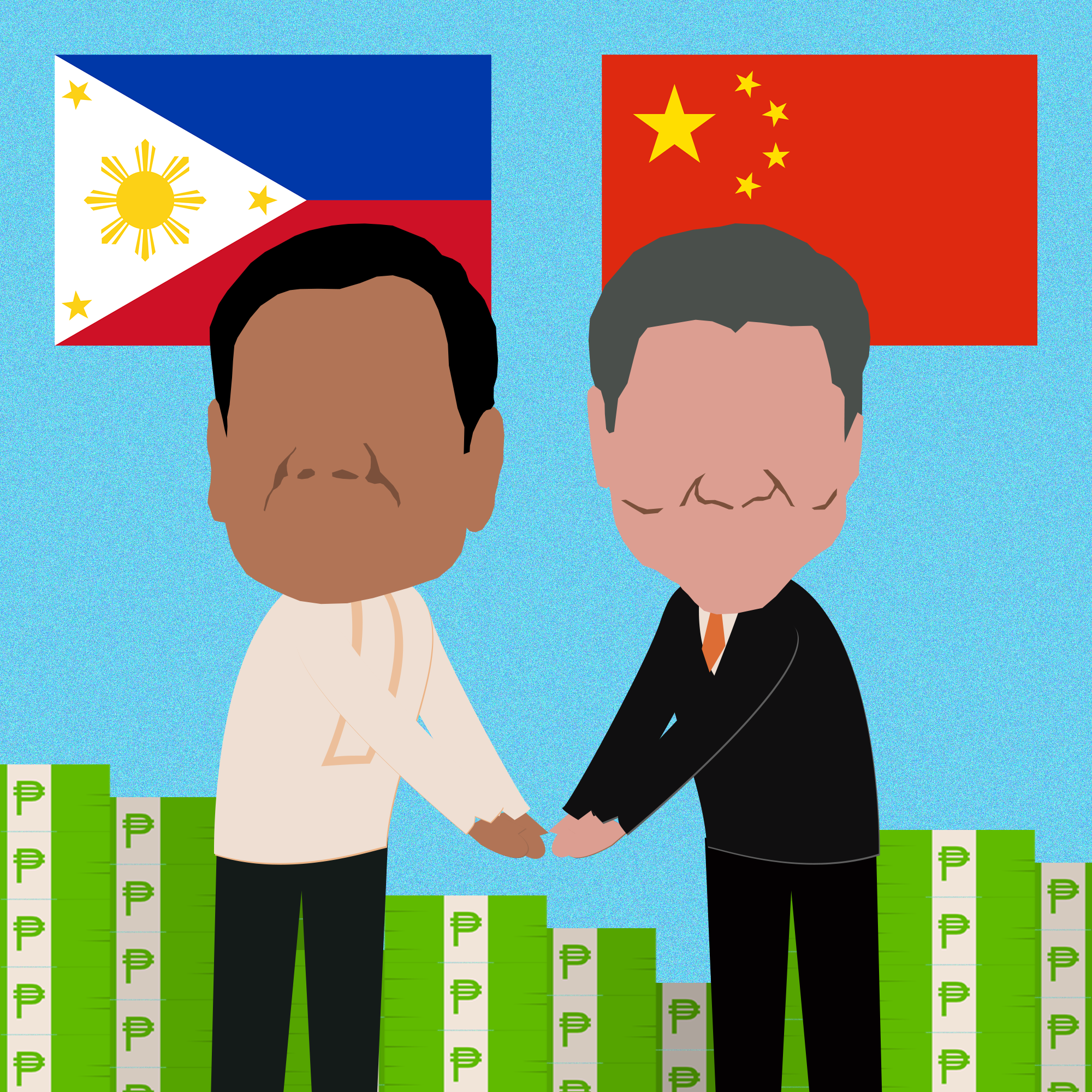Can be more catastrophic than MRT
Business projects oblivious to human communities are a trademark of the Association of South East Asian Nations (ASEAN) and other globalization platforms, advocacy groups said Monday. Shortly after the conclusion of the 31st ASEAN Summit, indigenous peoples, and water and energy rights advocates slammed China-funded water and energy projects under “Build, Build, Build” which are projected to displace thousands of families.
At a conference held in Quezon City, the Kalipunan ng Katutubong Mamamayan ng Pilipinas (Katribu), Water for the People Network (WPN) and People Opposed to Warrantless Electricity Rates (POWER) joined other concerned groups in tackling large dams among the Duterte administration’s flagship “Build, Build, Build” projects and their impact on communities. These include the New Centennial Water Source-Kaliwa Phase 1 Kaliwa Dam, Phase 2 Laiban Dam and the Chico Pump Irrigation Project, all being vetted to the Chinese government for official development assistance (ODA) and estimated to dislodge over 14,000 households mainly of indigenous peoples, noted Piya Malayao of Katribu. “These projects pushing through can be more catastrophic than the tragic story of the Metro Rail Transit (MRT),” Jenny Haygood of IBON said.
The Metropolitan Waterworks and Sewerage System (MWSS) estimates that the Kaliwa Dam will force out about 45 households in General Nakar and Infanta towns, but omits the possible impact on the livelihood and way of life of Dumagat and Remontado communities in nine barangays downstream. To cost a total of Php10.9 billion, the project is already awaiting regulatory approval.
However, Owen Migraso of the Center for Environmental Concerns (CEC) said that the environmental impact assessment (EIA) for the project is outdated. Wilma Quierrez of DUMAGAT Sierra Madre said,“We also have never been consulted about this infrastructure.”
A structure much larger than the Kaliwa Dam, the Laiban Dam is estimated by the MWSS to displace 4,413 households in nine barangays in Daraitan and Laiban, Rizal province and another in Quezon province. But Arnel Delos Santos of Bigkisan at Lakas ng Katutubong Mamamayan ng Timog Katagalugan (BALATIK) estimates that 10,000 households will be affected and that the dam could submerge forests, farms and other settlements. In the pipeline, the Laiban Dam is expected to add 1,800 million liters per day (MLD) by 2027 and will be constructed at the higher portion of the Kaliwa River. “We prefer not to leave our homes, our farms, our ancestors’ legacy,” Delos Santos said when asked if they get any compensation.
Meanwhile, Delfin Pecua of Timpuyog Dagiti Mannalon iti Kalinga (TMK), a federation of farmers in Kalinga, said that the Php2.7-billion Chico Pump Irrigation Project raises the same controversy of the World Bank-funded Chico River Dam during the Marcos era in the 1980s. The latter was strongly opposed by Kalinga communities for threatening to flood thousands of hectares of their ancestral and agricultural land.
The groups related the deluge of large dams to the ASEAN Plan of Action for Energy Cooperation which aims for inter-ASEAN energy trade through an ASEAN power grid. “We already have more than enough energy sources today,” Cleng Julve of the POWER alliance said. “Building more large dams for energy is unnecessary,” she added.
According to Arnold Padilla also of IBON, this exemplifies how government-facilitated infrastructure projects adhering to the neoliberal framework are planned to boost economic activity and push growth regardless of their disconnect at best – or negative impact at worst – on the people’s lives and livelihood. The groups vowed to continue opposing large dams and campaigning for people’s control over the nation’s resources so that these will be used to primarily respond to the people’s and national development needs. ###






